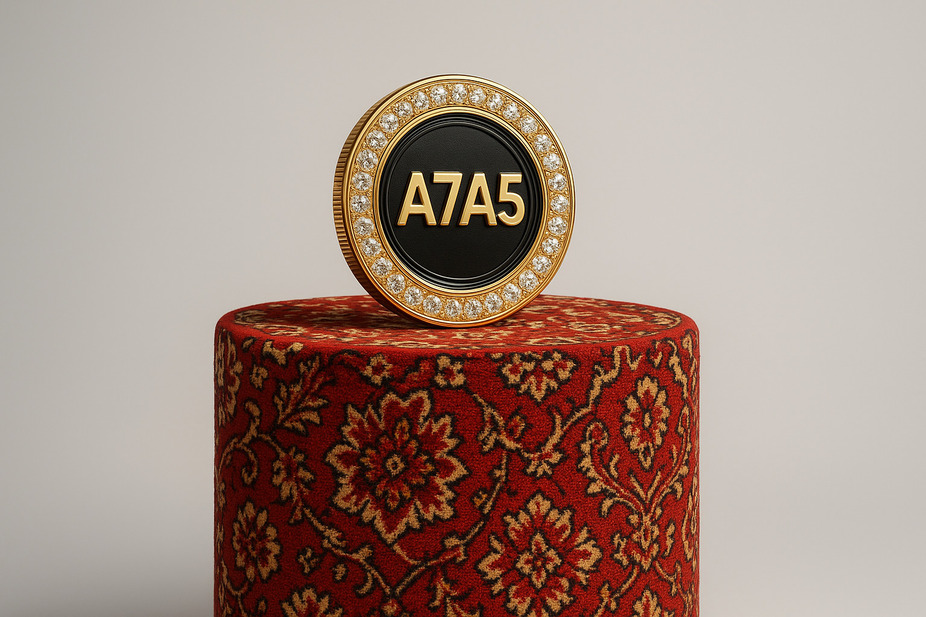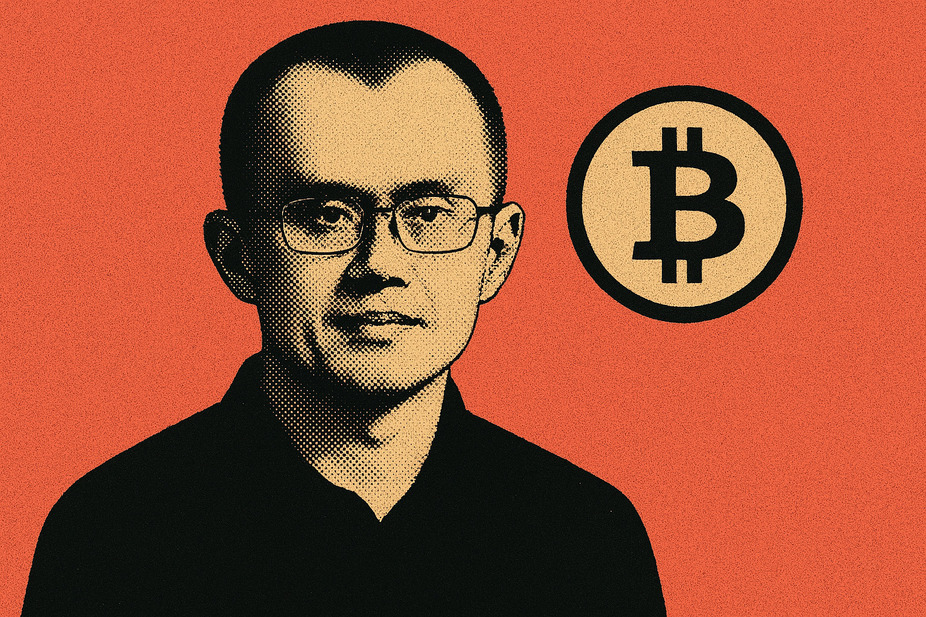Kremlin-backed crypto coin Dodges $6 billion in US sanctions

It looks like a cryptocurrency operation with ties to the Kremlin has managed to get around US sanctions, moving at least $6 billion since August – right after some of its key players were blacklisted. This really shows just how tough it is for Western countries to stop Russia’s money flows. A Financial Times investigation found that over 80% of A7A5, a stablecoin crucial to Russia’s growing international payment system, was quickly “destroyed” and then recreated. The whole point was to scrub any connections to a crypto exchange that Washington had just sanctioned.
A7A5 is part of A7, a growing system for international payments designed to be an alternative to the usual US-dominated financial world. Russian banks were cut off from that system after Moscow invaded Ukraine in 2022. In August, Washington added Grinex, a crypto exchange based in Kyrgyzstan, to its sanctions list, trying to further dismantle Russia’s crypto setup. Grinex is believed to be the successor to Garantex, which US law enforcement shut down in March for alleged involvement in hacking, ransomware, terrorism, and drug trafficking. Grinex, however, denies any link to Garantex.
The FT’s analysis showed that starting the day after the August sanctions, the people running A7A5 simply wiped out the contents of two crypto wallets connected to Grinex. These wallets held 33.8 billion tokens, worth about $405 million. That’s more than 80% of all A7A5 tokens out there! They used a special command called “destroyBlackFunds” to zero out the wallet balances, essentially marking those tokens as “dirty.” But almost immediately, the exact same amount of tokens was created in a brand new wallet. This sneaky move effectively shifted the money and gave it a fresh start. Unlike a normal transfer, this trick breaks the trail between the old, sanctioned accounts and the new ones, making it super hard to connect the dots. The FT discovered that this new wallet has processed a staggering $6.1 billion in transactions since August.
What’s more, the activity on this new wallet looks suspiciously similar to the old ones. It’s dealt with 11 of the same partners and processed transfers mainly during Moscow’s business hours. Activity peaks between 10 AM and 12 PM local time, with very little happening overnight or on weekends. Interestingly, A7A5’s customer support chatbot operates “weekdays from 10am to 8pm Moscow time.” You can even buy the token with cash at Grinex’s “over-the-counter section” in a Moscow skyscraper. Guess what? Garantex used to be at the exact same address – Federation Tower, 14th floor.
Setting up that new wallet suggests that the folks behind A7A5, which runs on both the Tron and Ethereum blockchains, learned a thing or two from when Garantex was taken down. Back then, Tether, the company that issues the popular dollar-pegged stablecoin USDT, froze $28 million in wallets linked to Garantex. A7A5 is registered in Kyrgyzstan, a country Moscow considers “friendly,” unlike most Western nations. The coin’s official issuer is a Kyrgyz company called Old Vector, which also landed on the US sanctions list in August.
Just last week, Russian authorities officially recognized A7A5 as a “digital financial asset.” This means exporters and importers can now legally use it through a platform owned by Promsvyazbank. According to A7A5’s issuer, Promsvyazbank backs each token with a rouble. Promsvyazbank, a Russian state-owned defense lender already hit with Western sanctions, also owns a 49% stake in the A7 international payments network, which is growing fast and even expanding into Africa. Petr Fradkov, the bank’s chief executive, told Russian President Vladimir Putin last month, “we are creating a system of cross-border settlements based on A7.” The network has also received substantial loans from Russia’s VEB, a state development bank that traditionally funds the Kremlin’s pet projects. Both VEB and Promsvyazbank didn’t immediately respond when asked for comment.
Ilan Șor, A7’s majority owner and chief executive, claims the network has moved over $86 billion in just 10 months. Șor is a Moldovan oligarch who is currently a fugitive living in Moscow. Two financial experts involved in Russia’s cross-border payment market told the FT that A7 might now handle a huge chunk of Russia’s international payments. Besides crypto, the A7 network also offers more old-school services, like payments using promissory notes.
“A7 is expanding quickly, largely funded by loans from Russian state institutions,” reported the Centre for Information Resilience (CIR), a non-profit research group based in London. They added that Russia’s struggling wartime economy would likely make the network even more “politically important” for enabling exports. A7 and A7A5 didn’t immediately reply to requests for comment. In June, an A7A5 representative told the FT they only “worked with the technical team of A7 at the early stage,” and then “decided to separate completely” in May. A7 owner Șor told the Kommersant newspaper last month, “We’ve created a transparent and honest business: we pay taxes and operate openly,” noting that other countries were showing interest in this “alternative payment system” that is “beneficial” for the Russian state.












